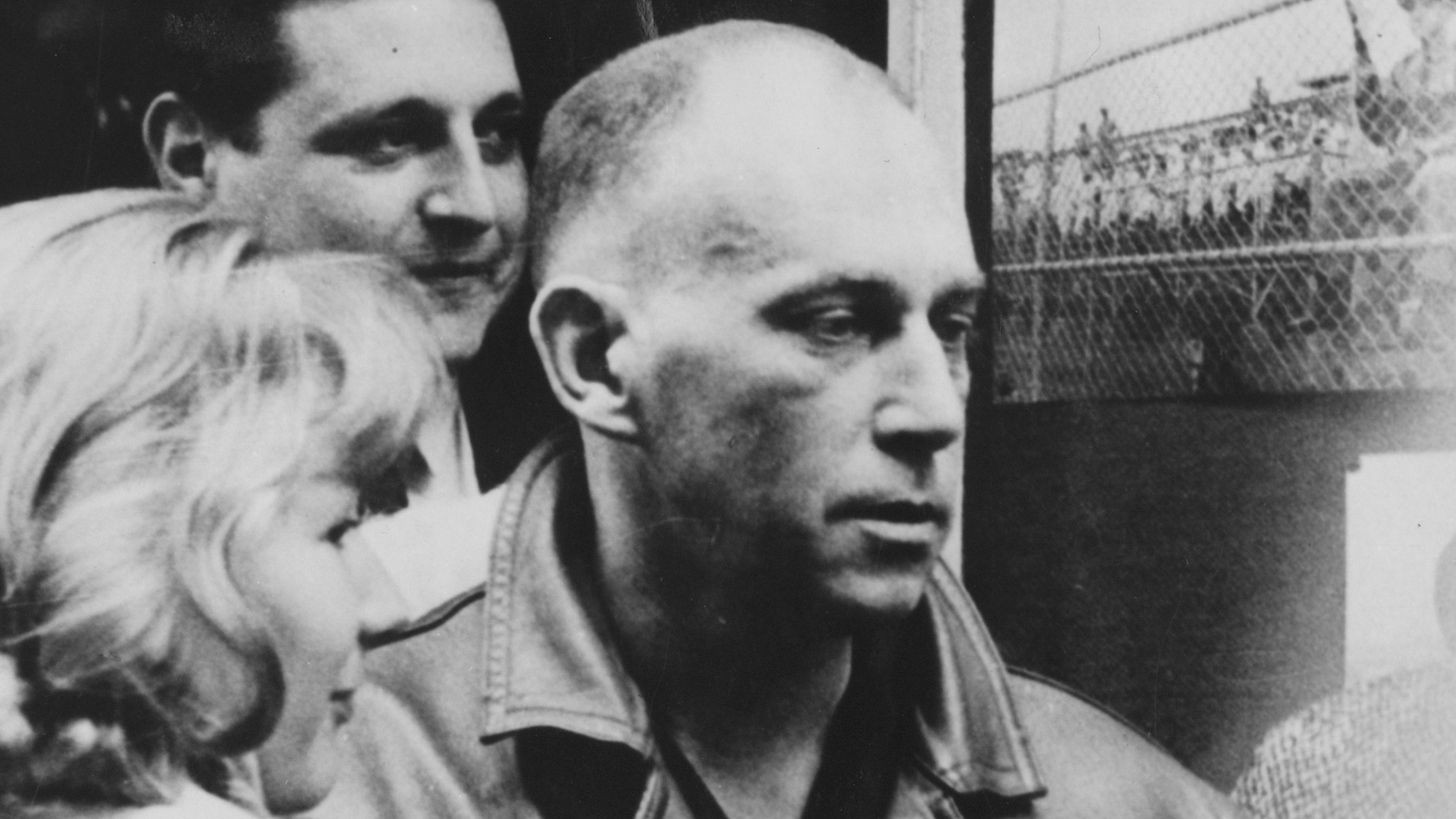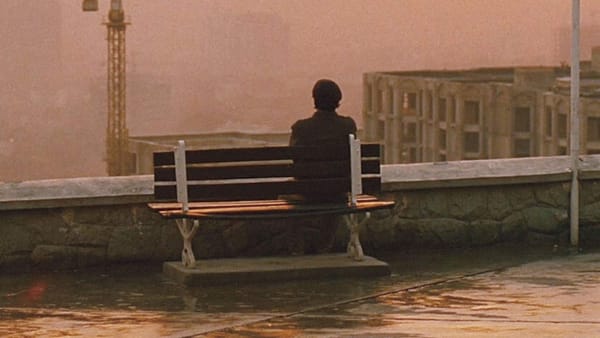Chris Marker's Cinematic Odyssey
Experience Marker's mastery in weaving narration, imagery, and anthropology to unveil humility in exploring identity, history, and culture—a cinematic legacy.

"Contrary to what people say, the use of first person in documentaries is a sign of humility." - Chris Marker
The immense difficulty with classifying Marker under any one category of filmmaking has been a challenge film critics and film theorists had to face from time immemoria. Starting quite humbly with his travel video logging of the Olympics of 1952, Marker had just begun to indulge in exploratory filmmaking. It was not until Statues Also Die, which he made with Resnais, and narrated by Jean Négroni that he began to strip away a film’s impressional complexity by diluting the identities of the characters with the landscapes and artifacts. By doing so, Resnais and Marker had constructed a looming mortality for not just humans, but also for landmarks, ideologies, figures, struggles, and exoticism. The following films were his return to travel logging without his dissociation from his elemental characteristics. We notice his radical treatment of time, memory and history influenced from Statues Also Die in Sunday In Peking and Yes, Cuba!
A more multifaceted view began to take shape when he made A Lovely Month of May. It covered a mechanistic, oppidan Paris existentially (like its inhabitants) struggling to find a stable identity; a reason to be happy (or at least the source of it). The city, by itself treated as a character, with its political chaos, economic toil, and cultural poignancy (or the lack of it) assembling the anatomy of a vibrant Paris.
Parallel to his video essays, his dexterity in photography and the exhibitions around his expeditions, allowed him to make La Jetee, which explores a world past another world war. A profound juxtaposition of narration and pictures, and using the narration as a tool to frame the images into a certain quanta of the story. This technique becomes uniquely universal in all his films with only the images being switched with video.
With the passage of time, and with the extension of his filmography, we move towards a cultural delicacy essay on the anthropological study around cultures in San soleil (Sunless) which marks Marker’s transition from his early films of exploring multifaceted history to deeper dives into anthropology with retention of his basic framework.




